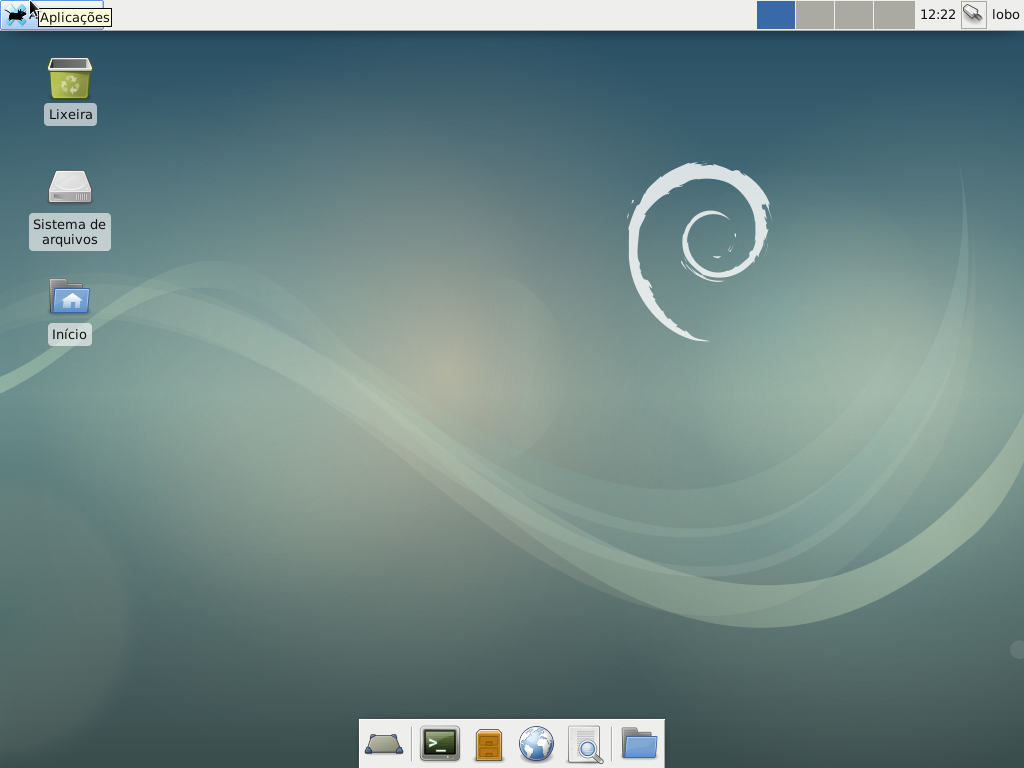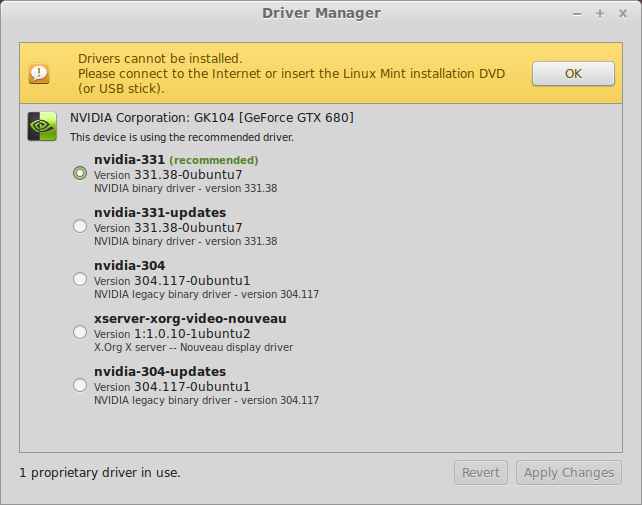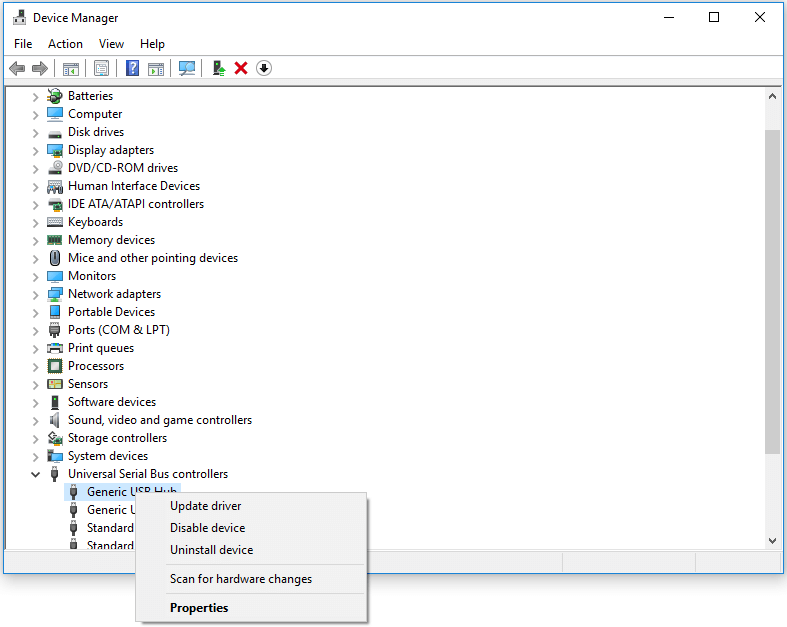
- Device driver manager debian xfce how to#
- Device driver manager debian xfce install#
- Device driver manager debian xfce serial#

Alternatively, at the Debian Installer boot prompt, press the Tab key to edit the command line, then add desktopxfce. HardInfo provides eight different benchmarks. During Debian installation, select Xfce desktop environment at the Selecting and Installing Software installation step. Your RAM might not use SPD, and this virtual machine certainly doesn’t. This gives HardInfo something to interrogate to retrieve the SPD data from.
Device driver manager debian xfce serial#
To read Electrically Erasable Programmable Read-Only Memory (EEPROM)-based Serial Presence Detect (SPD) data from your RAM, you’ll need to run the modprobe command to launch the EEPROM kernel module. For example, if you select the memory tree item, a real-time graph of memory usage is included in the main window. This is usually between the “Control” and “Alt” keys at the bottom left of the keyboard.
Device driver manager debian xfce install#
Type this command to install HardInfo: sudo rpm -ivh hardinfo-0.5.1-15.1.x86_64.rpm This is likely to be your “Downloads” directory. Stock MX Linux provides two mixers, xfce4-mixer and pavucontrol. Change directory to the location of the downloaded file. Problem You install the stock Nvidia driver on your system using MX Tools > Nvidia. You can download the installation file from here.

HardInfo isn’t included in the official repositories. On Fedora, you need to do a little more work. On Manjaro, use this command: sudo pacman -Sy hardinfo To install HardInfo on Ubuntu, type: sudo apt install hardinfo
Device driver manager debian xfce how to#
RELATED: How to List Your Computer's Devices From the Linux Terminal Installing HardInfo One thing that HardInfo offers that the command-line tools don’t is a set of simple benchmarking features. It’s clearly modeled after the Windows Device Manager with a very similar graphical user interface (GUI), with a tree and main display window. That means you don’t need to learn command-line commands and their parameters to find the information you want.

The HardInfo application fulfills a similar purpose for Linux, and with the same ease of use. Windows Device Manager will display information about that item in its main window. Browse through the tree, expand and collapse branches, and highlight an item that you want to see the details for. There’s a tree on the left with categories of hardware.


 0 kommentar(er)
0 kommentar(er)
